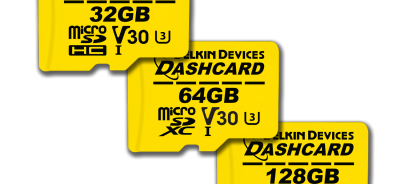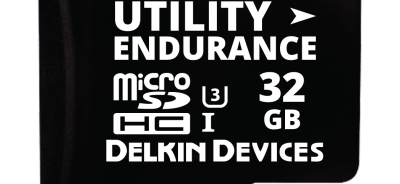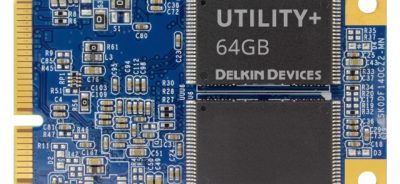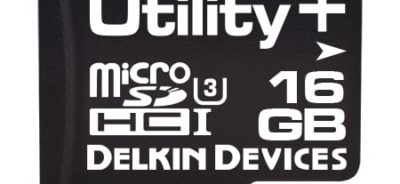Technical Success Story: Program/Erase Cycles and SMART Commands
A challenge faced by application engineers is the concept of balancing reliability and industrial specifications with higher usage models and increases program/erase cycles. As part of life cycle management, it’s important to monitor the usage of the flash storage device over time to ensure there are no failures in the host application. One way to help review the lifecycle stage of the industrial flash storage device and determine the usage model of many P/E cycles is with the usage of SMART commands. Here is a look at one customer’s experience.
Customer Story
This customer had determined that the end of the card life cycle would be about once every year due to the extreme P/E cycles required by their application. They assumed that this fast life cycle was just part of what they had to factor in for the cost of operating the host device. They were using MLC cards, routinely exceeding the TBW standard and writing to the card 24 hours per day, 7 days a week. They also had the hosts in harsh temperature environments, including the desert and tropical zones, which would cause the cards to wear out even faster. For years, the customer simply threw out cards as they failed and replaced them with new cards. After seeing a white paper from Delkin about Flash endurance, they wondered if there might be another way.
Delkin Discovery
The customer reached out to their Delkin Sales Rep and began working with the Field Applications Engineering Team. After discussing the details about their environment, application software, and OS, the Delkin team realized that the customer was creating bricked cards by overloading them. Routinely, the customer was exceeding P/E cycles and consuming spare blocks. The failures were inevitable with the way that the cards were being used, and the business needed to continue to rely on MLC cards because of the nature of other product specifications. Although the inevitable completion of the card’s life cycle would continue to happen, the way that the customer managed the flash storage cards and could predict the end of the life cycle could be improved with a logical solution from Delkin.
What Delkin Recommended
The customer didn’t necessarily need to increase the lifespan of the card by altering the usage model. As an alternative, they needed to predict when the cards were approaching the end of their life cycle to order new ones and switch them out. Delkin recommended that the customer use Delkin’s SMART commands support. Through the Delkin SMART dashboard and library, the customer could regularly get data about the estimated life left in a card, how many blocks remained, and how many erase cycles had occurred. This information would let the customer identify cards that were approaching failure stage before they actually failed so that they could be replaced without malfunctioning in the field. This was a resolution to the challenge and avoided the uncertainty of unpredicted card failures or the need to do another set of qualification testing for a different type of flash storage card.
Lesson Learned
There are several ways to approach industrial flash storage life cycle management. By working together, Delkin and OEMs can come up with customized Flash storage solutions that achieve necessary objectives and ensure the right card is available for the life span of the host. Delkin industrial flash storage has a locked BOM, and the Product Management Team will work with you on and communicate end of life (EOL) reminders. Working with a flash storage provider who will work with you as an extended part of your team will help you reach your goals. Do you need a host storage solution? Contact Delkin’s Customer Applications Team to get solutions-driven advice that is customized to your specific requirements.
ORDER DELKIN INDUSTRIAL FLASH STORAGE TODAY through our distribution partner Newark.
For Europe Contact Our Partner Farnell
Contact
 Login
Login Register
Register












